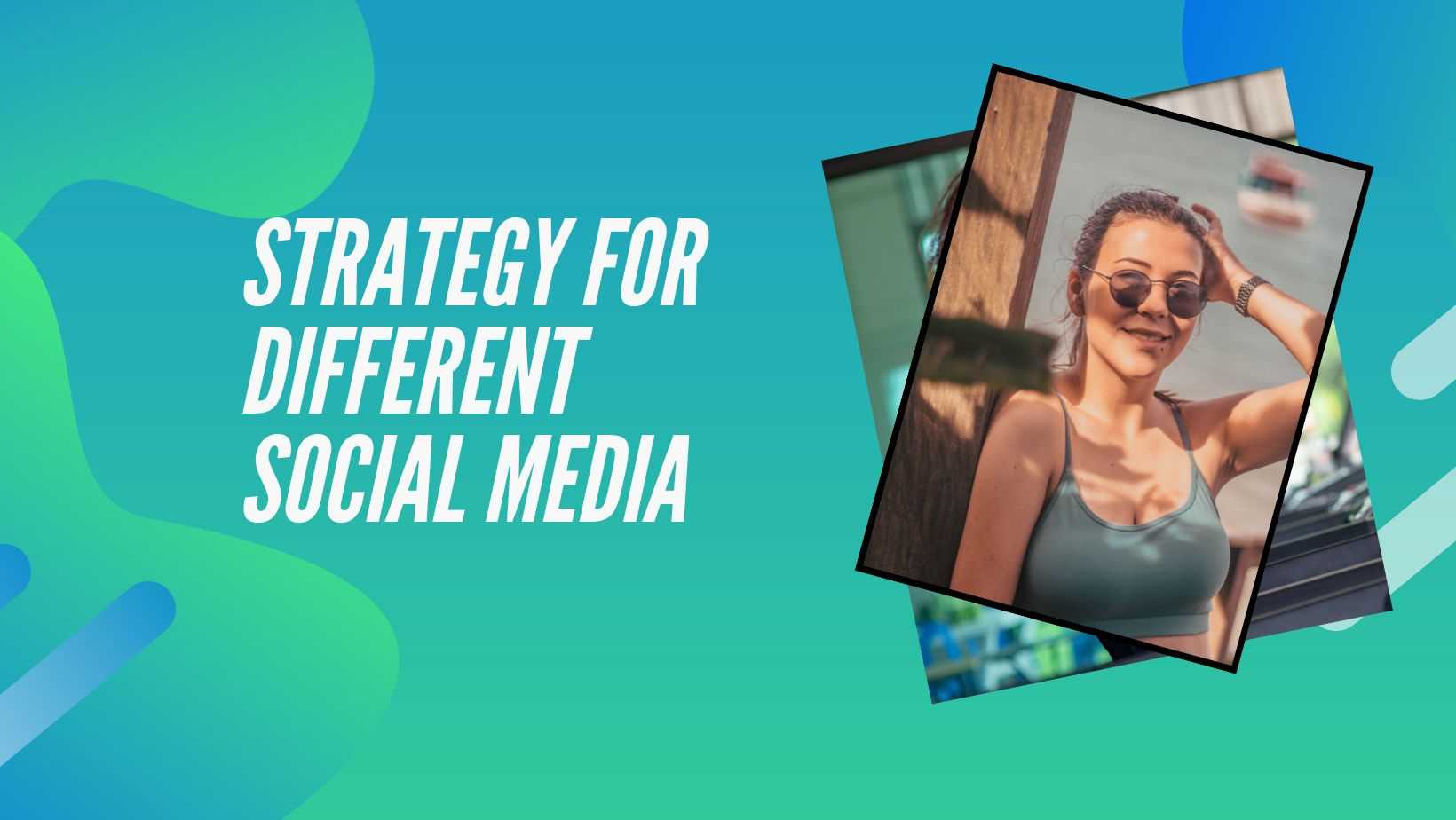5min Read

In the dynamic world of social media, one size does not fit all. Each platform has its own unique features, audience demographics, and communication styles. To truly succeed as an influencer, it's essential to craft a tailored strategy for each social media channel you're active on.
Understanding Platform Diversity
Social media channels are not created equal. They serve different purposes and attract distinct user demographics. Whether it's the visual focus of Instagram, the conversational nature of Twitter, the professional networking on LinkedIn, or the dynamic video content on TikTok, understanding these nuances is vital to tailoring your content effectively.
1. Keyword Research and Integration
Keyword research is the foundation of effective content creation. Identify high-ranking SEO keywords relevant to your niche and incorporate them naturally into your content. For instance, if you're a fitness influencer, use keywords like "workout routines," "healthy lifestyle," and "nutrition tips" in your posts. This enhances your discoverability and improves your content's search engine ranking.
2. Crafting Platform-Specific Content
Each social media platform has its preferred content formats. Instagram thrives on visually striking images, stories, and reels. Twitter demands concise, engaging tweets with relevant hashtags. LinkedIn leans towards professional articles and networking. Craft content that aligns with these formats while integrating your chosen SEO keywords to maximize reach.
3. Audience Targeting
Audience demographics vary across platforms. Research and understand the age groups, interests, and behaviors of users on each platform. Tailor your content to resonate with these specific demographics. For instance, if you're targeting a younger audience, platforms like TikTok and Snapchat might be more suitable, while B2B content could thrive on LinkedIn.
4. Posting Frequency and Timing
Optimal posting frequency and timing vary among platforms. Analyze when your target audience is most active on each channel and adjust your posting schedule accordingly. Consistency is key, but being active during peak engagement periods boosts your visibility and increases the likelihood of your content being seen.
5. Engaging Communication Styles
The tone and communication style that work on one platform might not translate well to another. Instagram captions are often more storytelling-oriented, while Twitter demands succinctness and prompt engagement. Adapt your language and approach to suit the communication norms of each platform while maintaining your unique voice.
6. Cross-Promotion
Leverage your presence across different platforms for cross-promotion. Share snippets, teasers, or behind-the-scenes content on one platform to encourage your followers to engage with your content on another. This creates a cohesive online presence and encourages your audience to connect with you across multiple channels.